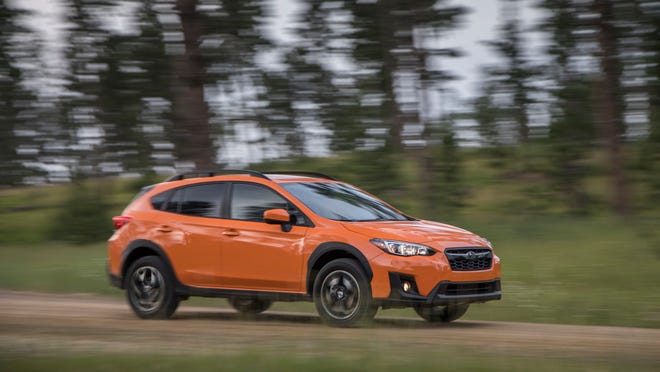Rate of traffic deaths rises during COVID as open roads tempt drivers to speed up
The rate of traffic deaths jumped in the first half of 2020, and safety experts blame drivers who sped up on roads left open when the COVID-19 pandemic shut down businesses and limited commuting.
The new research also suggests that even small increases in speed led to much deadlier outcomes in vehicle crashes.
A crash that is easily survivable at 40 mph miles per hour can be fatal at 50 mph or more, according to the study conducted by the Insurance Institute for Highway Safety and the AAA Foundation for Traffic Safety.
The results are particularly disquieting due to widespread reports of excessive speeding during the pandemic.
When the pandemic significantly lowered traffic, the rate of traffic fatalities per miles driven jumped by 18%, reaching a level not seen in at least 12 years, according to the National Highway Traffic Safety Administration. Safety experts have blamed speeding for the increase as reduced congestion gave motorists more room to roam.
Stop raising speed limits
IIHS President David Harkey said the group’s latest study results show that policymakers should refrain from further increases to maximum speed limits on highways and freeways.
“Small changes in speed when you’re involved in a crash can really increase your chances of getting a severe injury” or dying, he said. “It’s a huge problem.”
The study examined the performance of a 2010 model-year compact SUV under the premise that it is generally representative of the average vehicle on the road today. Research firm IHS Markit recently reported that the average vehicle is nearing 12 years old.
To ensure the results weren’t skewed by a vehicle with poor safety ratings, researchers picked the 2010 Honda CR-V EX because it earned the highest possible score in the IIHS moderate overlap front crash test.
Speed increases injuries
The study found that at 40 mph, the driver of the Honda CR-V experienced “minimal intrusion.” But at 50 mph, “there was noticeable deformation of the driver side door opening, dashboard and foot area.” And at 56 mph, “the vehicle interior was significantly compromised, with the dummy’s sensors registering severe neck injuries and a likelihood of fractures to the long bones in the lower leg.”
In the 50 mph and 56 mph crash tests, the dummy’s head went through the deployed airbag, smashing into the steering wheel and suffering what would likely be facial fractures or a severe brain injury.
IIHS typically runs crash tests at 40 mph but increased the speed for this study to show the impact of high-speed collisions.
Although newer vehicles might be safer, Harkey said they probably wouldn’t fare too much better.
“The crashworthiness aspects of the design … haven’t changed much” for this type of collision, he said.
Higher speed limits mean more deaths
In 41 states, the maximum speed limit is 70 mph or higher. That includes eight states with maximum speeds of 80 mph or more.
Increases in speed limits have resulted in nearly 37,000 additional deaths over the previous 25 years, an IIHS study released in 2019 reported.
Harkey advocated for more speed cameras and enforcement.
Jake Nelson, AAA director of traffic safety advocacy and research, advocated for policymakers to take steps to reduce traffic speeds.
They “should consider infrastructure changes based on road type to calm traffic flow appropriately so that posted speed limits are followed,” Nelson said in a statement.




